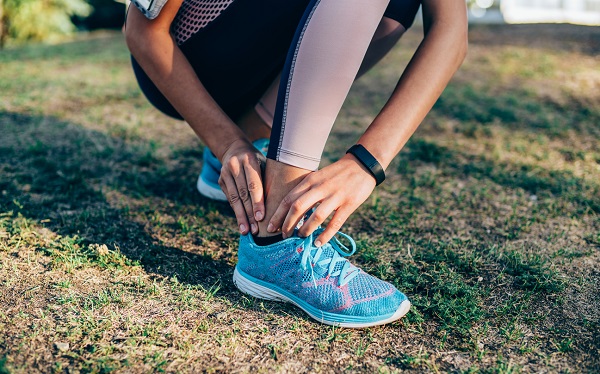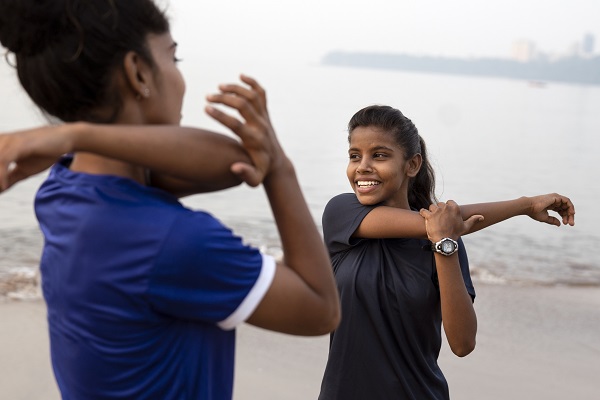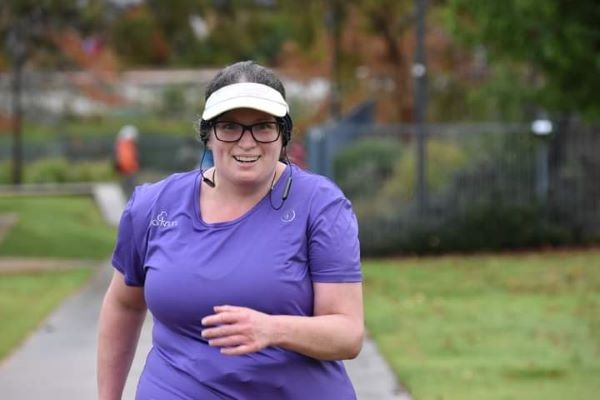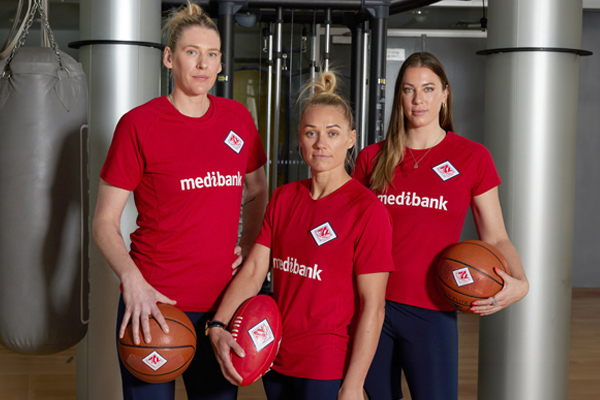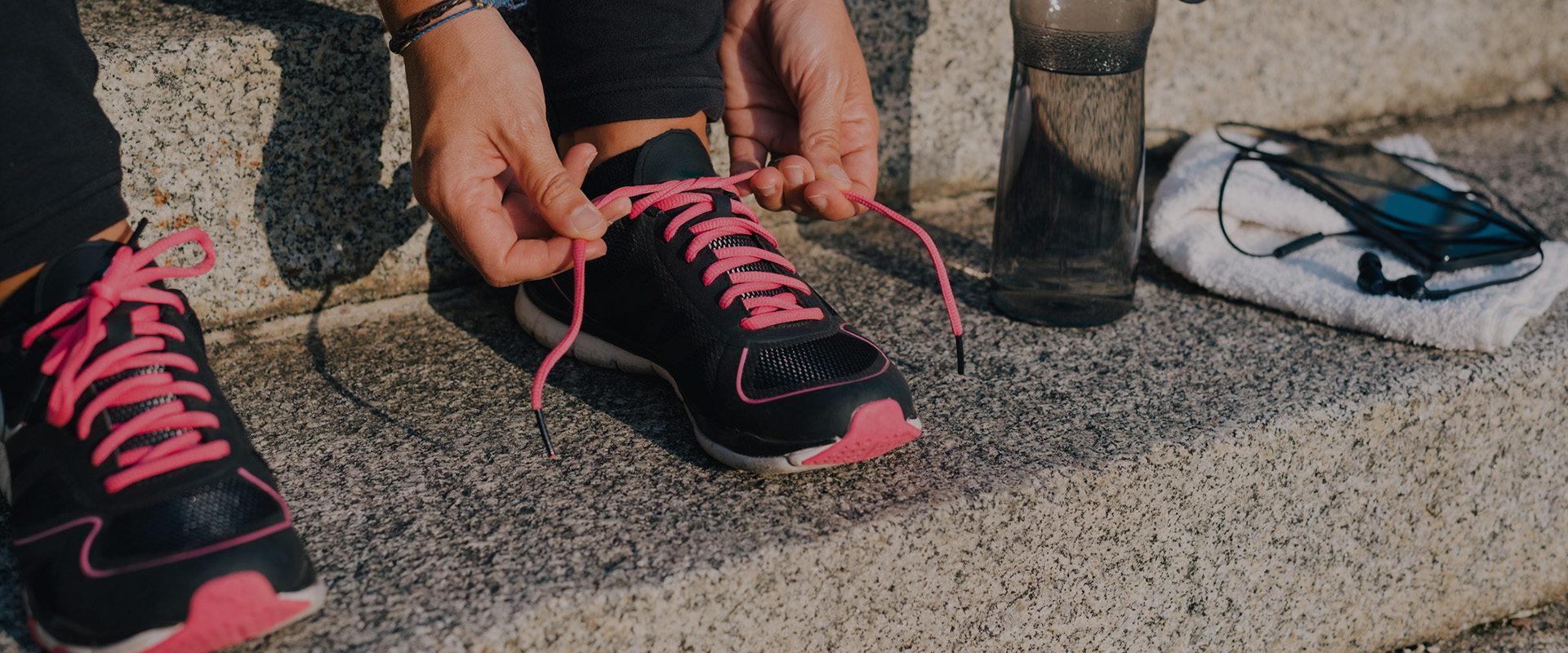-
Aussie teens love their sport, but sometimes sport doesn’t love them back. Each year there are around 10,000 sport-related injuries occurring in teens, making 13-18 year old’s more likely than children under the age of twelve to sustain one. As if there wasn’t already enough to worry about when it comes to keeping teenagers happy and healthy!
There are a few reasons for this. Tight muscles, poor nutrition and lack of developed strength can all contribute to increased chances of acquiring a sports-related injury. Males are more likely to be injured than females, however teenage girls are more likely to have a serious knee injury, such as an ACL. The sport’s most commonly associated with injuries are rugby, touch football, AFL, soccer, hockey and cricket. For the risk-adverse, competitive debating can seem like a comfortable alternative.
As for the injuries themselves, the ones taking our teens out of action are typically lower limb injuries such as ligament tears in the knee; specifically, the anterior cruciate ligament (ACL) and the medial collateral ligament (MCL). Other common culprits are ankle sprains, bruising, and shin splints.
The road to recovery will look different for every teen and for every injury, but the majority will take between six weeks and 12 months of rehabilitation to fully heal; your doctor will be able to provide you with a recovery plan specific to your circumstance. Extra care needs to be taken during recovery as there is often an increased risk of re-damaging the injured limb, as well as damaging the opposite, healthy limb due to overuse.
It’s no surprise then that injury is a key reason for teenagers to hang up the towel and retire early from a budding career in sport. The statistics can seem scary, but pulling teens from the game isn’t necessarily the answer, not when sport can play a starring role in important teenage mental, physical and social development.
Why should teens play sport?
For starters, participating in sport and physical activity reduces the risk of chronic health conditions such as diabetes, and assists with healthy weight management. It further reduces the risk of anxiety and depression, and can be an important stress-release during what are often challenging or emotionally turbulent years.
Socially, sport can help teenagers increase their self-esteem and form important friendships. If nothing else, regular or semi-regular participation in sport can provide teens with a healthy break from screen-time and studying. The health benefits to teenagers from playing sport can go on and on, so don’t let the fear of sustaining an injury keep your teen on the bench. Parents and guardians can follow a few simple rules to help their teens stay safe during sport and physical activity. Here are our top five.
5 tips to keep your teen injury free
Warm up and cool down
There’s a reason coaches and exercise instructors like to bookend their sessions with some stretching. This enables muscles and joints to loosen up. If skipped, the body doesn’t have time to prepare for quick movements when playing, which can lead to injury. After a game, it can be hard to prioritise a cool down in the wake of a glorious victory or a crushing defeat; ensure your teen takes the time to cool down - their muscles will thank them for it later.
Use properly fitted protective equipment
Wrong or poorly fitted equipment such as helmets, mouthguards or even shoes can increase your teen’s risk of injury. Before your teen takes to the field make sure they’re wearing the right gear. This may include padding, strapping or tapping, correctly fitted helmets, mouthguards and footwear as well as gloves. If you’re handing down one set of equipment from one of your children to another, make sure they’re really ready for it before you pass it on.
Be weather aware
Rain, hail or shine the game must go on? Well, not always. It’s important to be prepared for whatever the day serves up. For example, young people can take longer to acclimatise to hot weather, so coaches should ensure players are given more breaks and water when the weather heats up.
Play multiple sports, not just one
Research also suggests that teenagers and children should play a range of sports as they grow up, since specialising in one specific sport from a young age increases young peoples’ risk of injury. You can mitigate this risk by encouraging your teenager to get involved in a few different sports or group exercise activities, whether that’s through their school, a local club, a gym, or a neighbourhood Park Run.
Look in to injury prevention programs
More and more codes are introducing injury prevention programs specific to their sports which have been found to be very successful in reducing sport related injuries. Prevention programs include FIFA 11+, Netball Knee Program and Prep to Play.
Where to seek help
If you’re concerned your teen may be at risk of injury, or if you want to check if there is a program for your teen’s sport, talk to your coach or association. You can also use the Medibank Find a Provider tool to help you find a physiotherapist or exercise physiologist to learn more about prevention programs and exercises for your teen.
If you have questions relating to injury prevention in teens you can also call the Medibank 24/7 Nurse Service or speak to your GP.
The 5 golden rules for safer teen sport
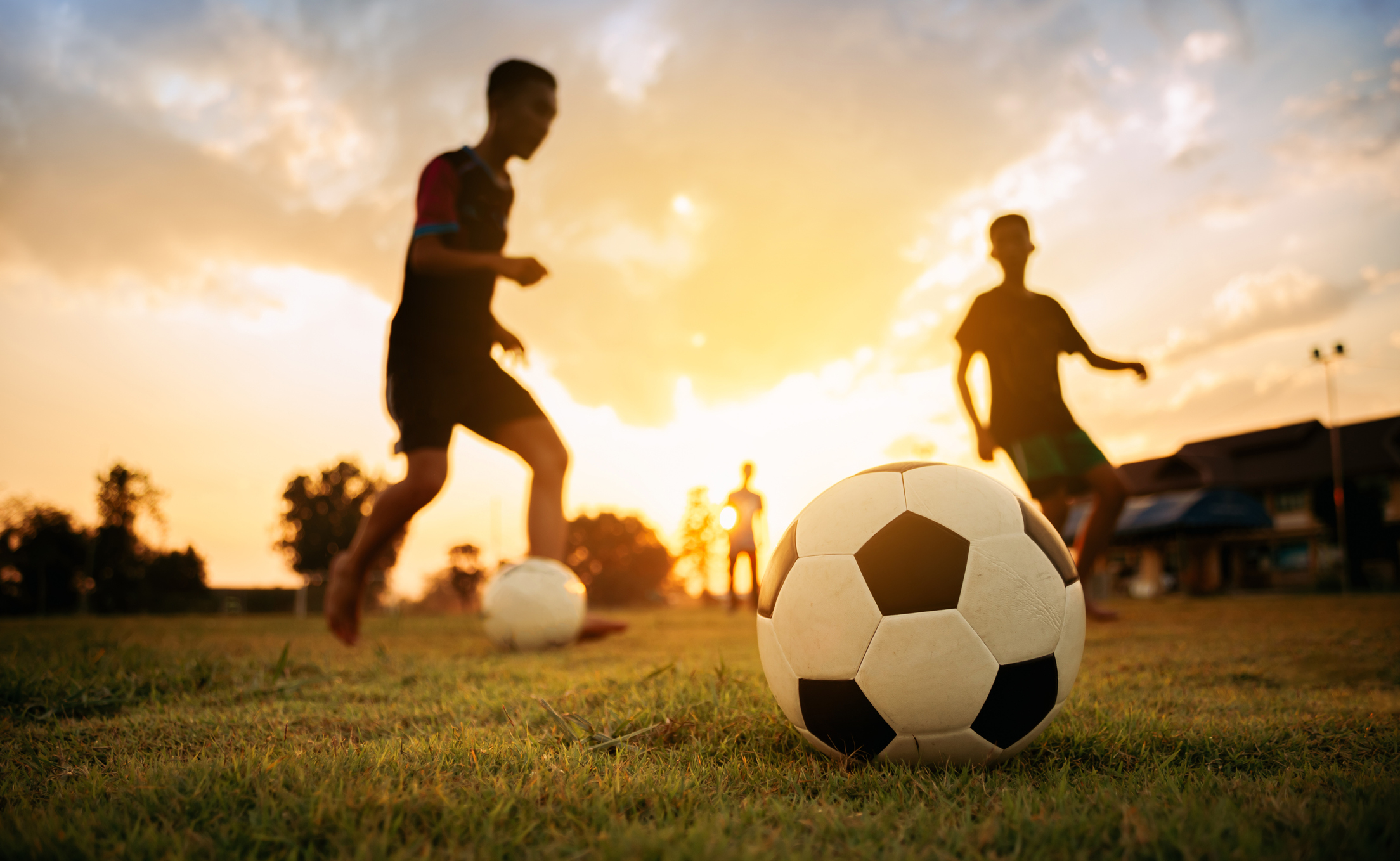
-
How to walk 10,000 steps
Discover how to easily reach your goal of 10,000 steps daily.
-
Everything you need to know about parkrun
Been wondering what a parkrun looks like? Where do you go? What do you do? How do you sign up? Find out here.
-
Five ways to exercise when on a budget
You don’t need to spend money on gym memberships just to meet your fitness goals. Here are five free ways to stay healthy and active when you’re living on a budget.
-
How parkrun changed my life
Christie Farrow went from being an exercise-phobe to a true blue runner with parkrun.
-
Australia's top female athletes unite on ACL injury
Some of Australia's most talented athletes have joined forces to highlight the unique injury challenges women face.
-
How to create your perfect summer fitness plan
Be inspired by the sunshine and get moving
Subscribe to receive the best from Live Better every week. Healthy recipes, exercise tips and activities, offers and promotions – everything to help you eat, move and feel better.
By clicking sign up I understand and agree to Medibank's privacy policy
